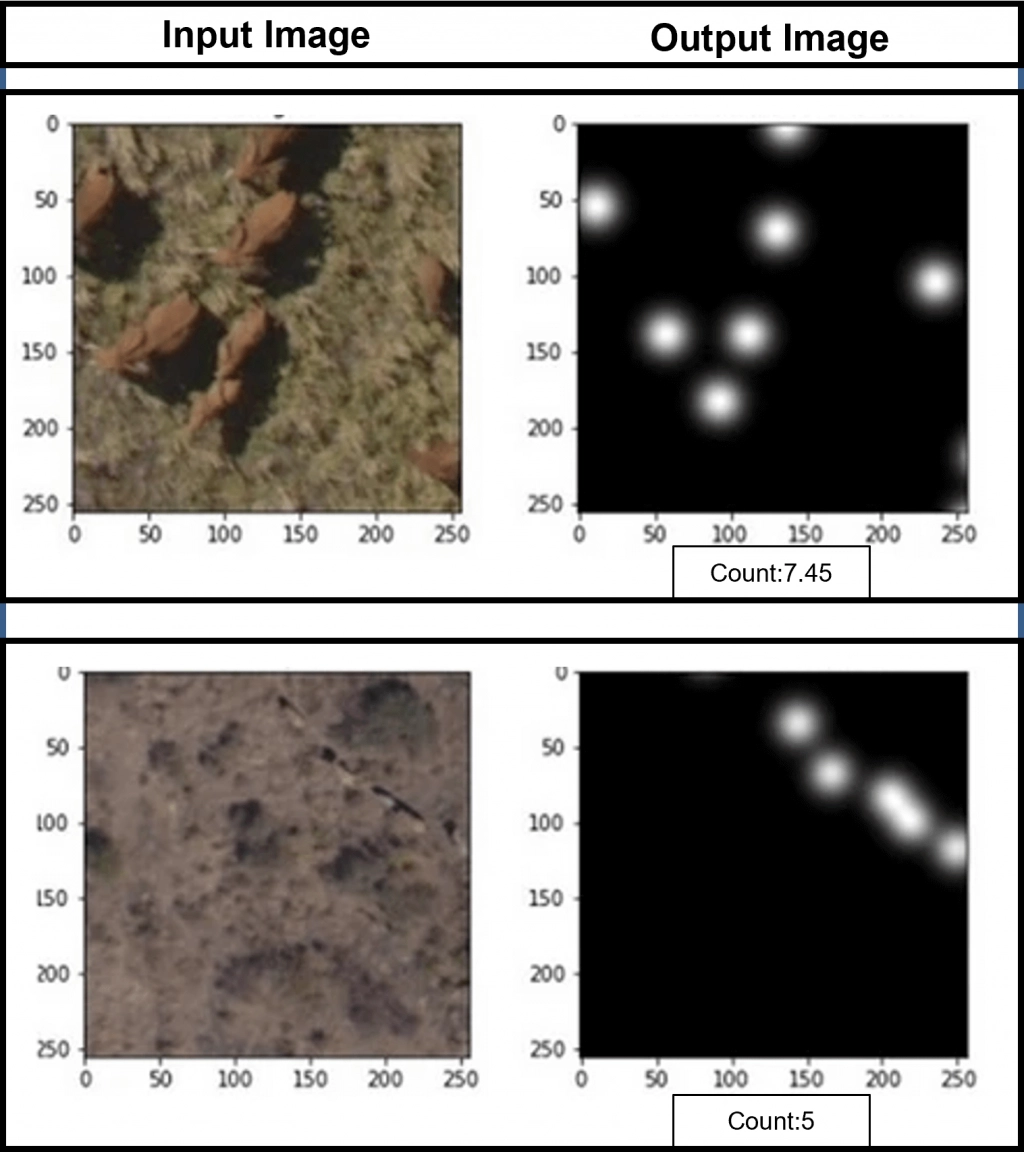Counting Elephants from the Sky: A Modern Conservation Story

Did you know that of all the mammals on Earth, a whopping 60% are livestock, 36% are humans, and just 4% are wild animals? Our planet’s wildlife is dwindling at an alarming rate. For instance, African bush elephants have faced significant declines due to human activities like poaching. In a span of just seven years, from 2007 to 2014, their numbers plummeted by an estimated 144,000, decreasing by 8% each year. This loss isn’t just a sad statistic; it’s a wake-up call for the urgent need to protect these majestic creatures.
To safeguard elephants and maintain the balance of our ecosystems, it’s crucial to monitor their populations accurately. However, traditional counting methods are painstakingly slow, costly, and logistically tough. Enter modern technology: satellite imagery, aerial photography, and the magic of deep learning!
Revolutionizing Elephant Counting
Imagine flying over the vast landscapes of South Africa, Botswana, and Namibia, capturing thousands of aerial images. These photos are not just pretty pictures; they hold the key to revolutionizing how we count elephants. By using a special deep learning model, I can transform these images into detailed maps showing where each elephant is located. This method isn’t just faster; it’s also much more precise.
How It Works
The 2,074 aerial images I used were collected by dedicated conservationists and made publicly available for testing purposes. Each image was meticulously annotated by experts to mark every elephant’s position. I then fed these images into a deep learning model, teaching it to recognize and count elephants, even in tricky conditions like dense forests or low light. The result? The model achieved impressive accuracy, with a prediction error so small it’s almost negligible.
Importance of Accurate Counting
But why does accurate elephant counting matter? First, it’s a vital tool for wildlife conservation, providing critical information on elephant distribution, population sizes, and even demographics. Using drones and deep learning, we can cover large areas quickly, reducing risks to human counters and improving the data's reliability.
Beyond conservation, elephants play a crucial role as indicators of ecosystem health. Changes in their numbers can ripple through the entire environment, affecting other species and even human communities. Accurate monitoring helps create effective conservation policies and addresses conflicts like crop raiding by elephants, benefiting both animals and people.
A Game-Changer for Conservation
This high-tech approach to counting elephants isn’t just a cool use of technology; it’s a game-changer for conservation. By combining aerial photography and deep learning, we gain invaluable insights into elephant populations, helping to protect these gentle giants and the habitats they call home.
In essence, monitoring elephants from the sky with deep learning is more than a scientific breakthrough; it’s a beacon of hope for wildlife conservation. It’s a story of how innovative technology can help us better understand and protect the natural world, ensuring that future generations can marvel at the beauty and majesty of wild elephants.
